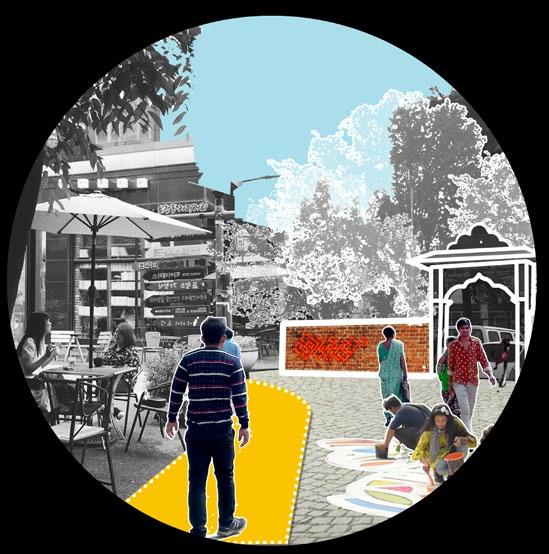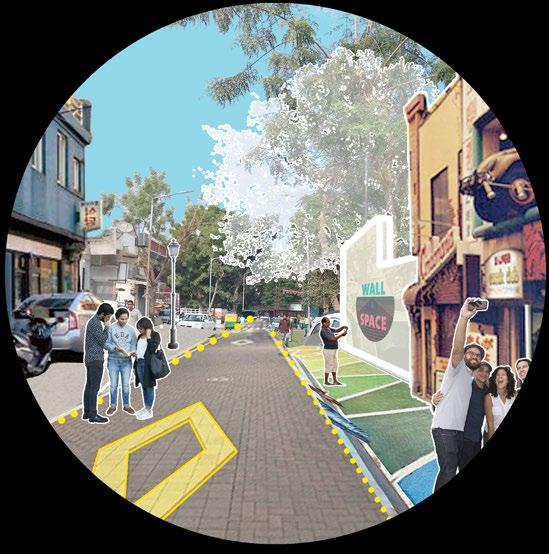
2 minute read
5. Culture led Urban Regeneration: Literature Review
Culture Led Urban Regeneration Literature Review
Advertisement
Sheng Zhong Department of Urban Planning and Design, Xi’an Jiaotong-Liverpool University, China
The paper discusses the various mechanisms prevalent in China for Culture Led Urban Regeneration. For simplification of research, artists are broadly classified into two groups, elite and non elite. The paper tries to explore the various factors that help or impede the growth of artists and how cultural quarters as well as culture based urban regeneration decisions are sometimes influenced by important connection of elite artists.
The power yielded by artists is defined through three broad categories, cultural capital, economic capital and social capital. The author further elucidates the privileges created due to economic capital, giving elite artists the opportunity to study and travel abroad and acquire a global understanding of different countries and their urban regeneration mechanisms. In addition to this, elite artists tend to know other elite artists thus creating a network of privileged creative class that interacts with state employed representatives and influences their decisions. The non elite artists who look at cultural quarters as an opportunity to benefit from in terms of identity and connections, often have no power or involvement in the major programmatic decisions of state led cultural urban regeneration decisions. Often injection of capital by the state into creating artist centric quarters leads to gradual gentrification of the neighborhood. These artists that initially lent the district its unique culture are often forced out of their rented studios or workshops as real estate prices rise. Hence the non elite artists, in context of China, are often the losers in the entire process, with the bureaucratic nature of the process only involving the elite artists. Therefore, the system of class and economic disparity trickles in the creative direction of China’s culture led urban regeneration mechanisms, in contrast to its European counterparts.
Culture Led Urban Regeneration Literature Review
The Role of Urban Design in Cultural Regeneration
Matthew Wansborough & Andrea Mageean Journal of Urban Design, Vol. 5, No. 2, 181± 197, 2000

The paper tries to dissect the role of culture in urban regeneration and how urban design plays an important role in the whole process. Starting off with the defining exactly what culture is, the author discourages the attchment of “high art” tag to culture. Rather culture is defined as the consumtion pattern generated as a result of cities that are growingly diverse and cosmopolitan as a result of a global mindset. The different ways culture can contribute to creating a mixed use based active neighbourhood is further listed to make a case for urban regeneration techniques that are economically and socially based on cultural capital of a district or city.
The urban design scope in this whole process is delayered in form of six clear parameters. These parameters being : 1.Public Realm/ Placemaking 2.Environmental Improvement 3.Cultural Activity 4.Building Development 5.Community Participation 6. Design Strategy
The integration of urban design into urban regeneration process through these parameters is explained through the example of the Northern Quarters, a cultural quarters in Manchester.
The Northern Quarter urban regeneration process was an “organic” and “grass roots” level movement that involved the stakeholders directly and outlined the exact improvements and infusions that the urban design team undertook for the neighbourhood.






